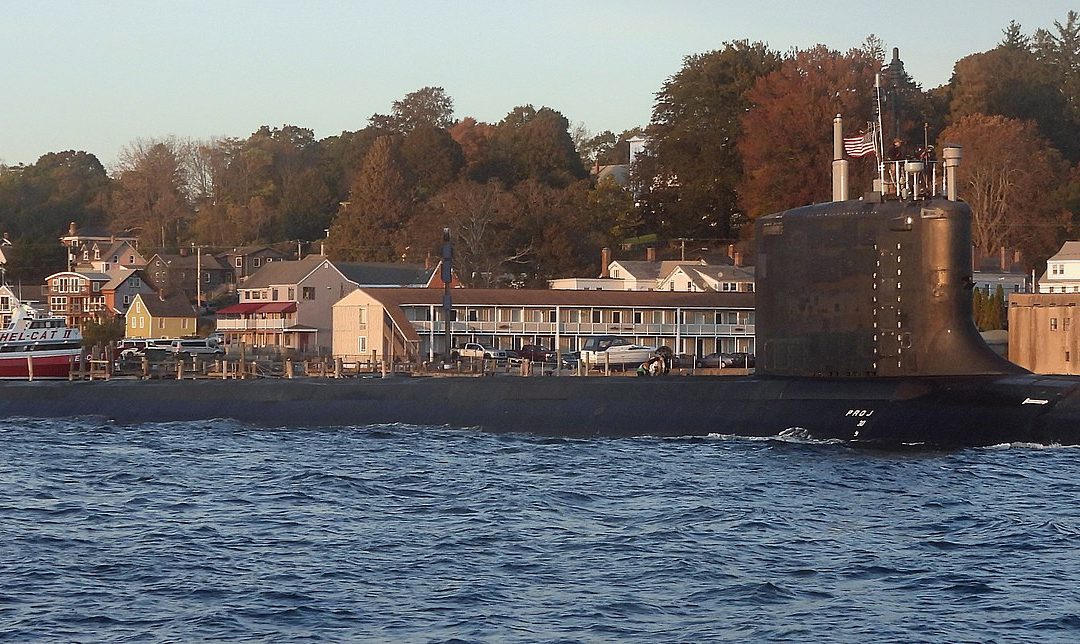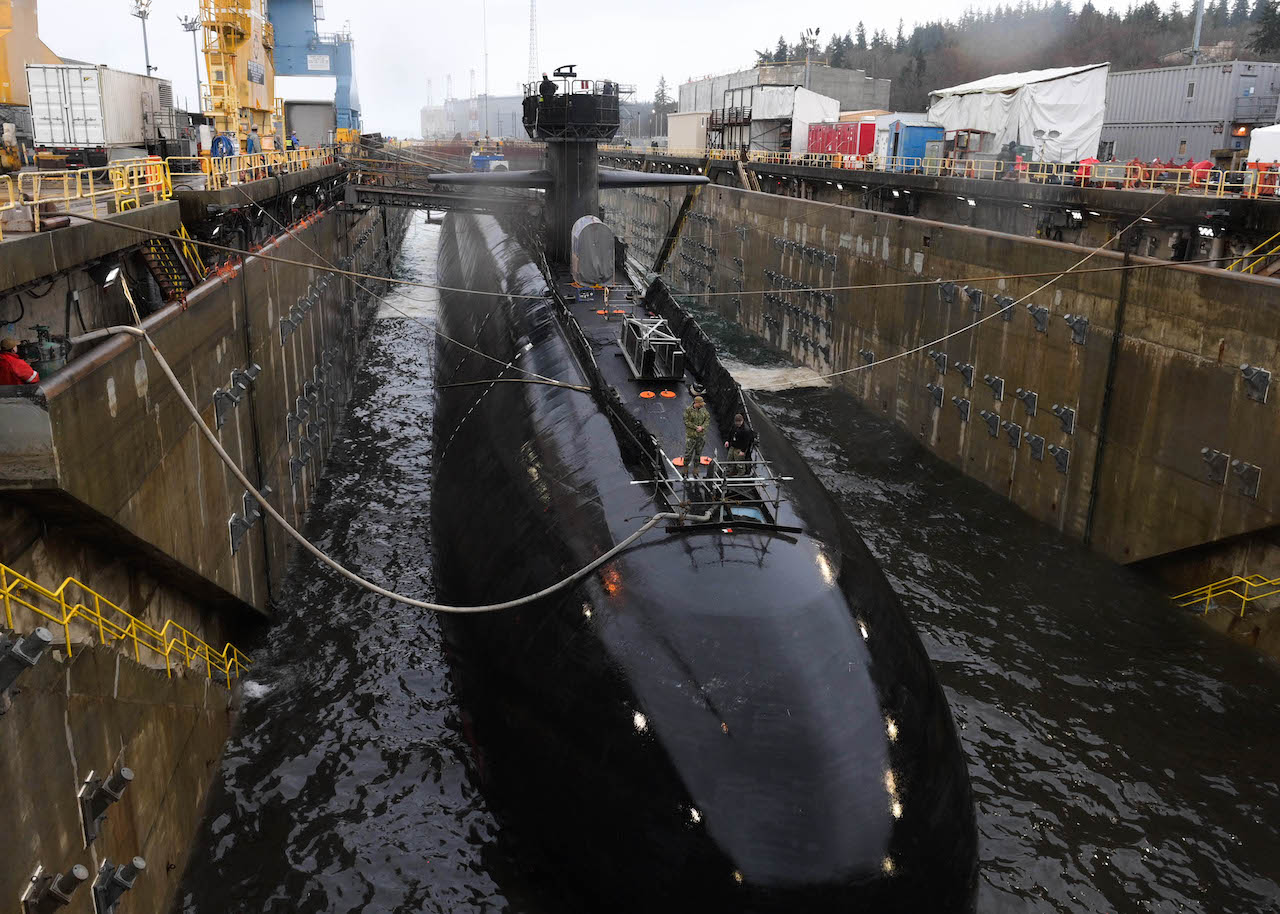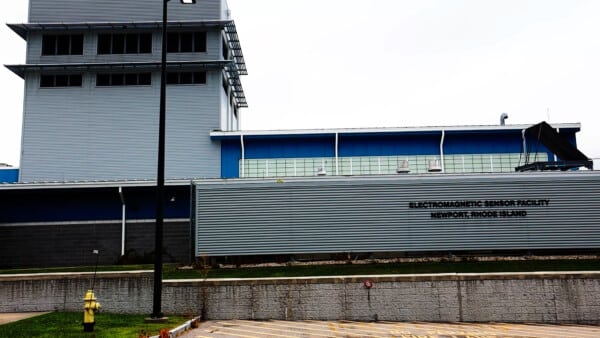News & Media
AN/BPS-17 Radar System Uses Commercial Radar to Reduce Costs and Innovate Faster

As these large, custom projects were usually awarded to a single contractor, maintaining and upgrading these highly specialized, proprietary systems was also time-consuming and costly.
The AN/BPS-17 version of the submarine radar system departs from this procurement approach. The Navy decided to use a commercial navigation radar system to reduce costs and innovate faster.
Of course, a commercial-off-the-shelf (COTS) system will not meet the Navy’s specific needs. These systems are used in general, commercial applications like transportation, shipping, or fishing.
In the software world, whenever organizations plan to use COTS systems, a robust requirements definition and performance specification are needed. Comparing the requirement to the proposed COTS solution helps identify gaps and minimize surprises.
In turn, organizations can formulate plans to address those gaps before selecting a solution. Additional functionality may need to be developed by the solution provider or the government. A requirements definition also mitigates risks by identifying potential integration issues between systems early on.
Rite-Solutions uses a similar process with the Naval Undersea Warfare Center Division Newport (NUWCDIVNPT) on the next Submarine Navigation Radar Subsystem. We are identifying limitations of various commercial radar systems, anticipating gaps, and helping the Navy make the best decision for their needs and budget.
One of the gaps we identified is that the connector on commercial radar systems cannot be connected and disconnected frequently. For commercial applications, the system is installed and connected once. On a submarine, the secondary clip-on radar system will need to be disconnected when it submerges and re-connected when it surfaces. A more rugged approach is required to deploy a COTS system successfully.
To fully identify and address gaps like these requires an extensive process, highlighted below:
- Approved accurate performance/requirements specification including a source of requirement and verification methodology
- Solution selection leveraging requirements including identifying performance/cost trade-offs
- Requirements bi-directional traceability matrix maintained throughout the system life-cycle
- Factory acceptance test leveraging requirements/verification methodology
- Test Evaluation Plan to verify deployed system meets/exceeds requirements in operational environments
- Formal acceptance of the system after completing sea trails
The final solution will require a system-of-systems approach that uses a combination of COTS hardware and custom software. In the end, the Navy will have a state-of-the-art navigation radar sub-system that, compared to the traditional procurement process, is a lot closer to achieving the “unobtainable triangle” of time, price, and cost.











